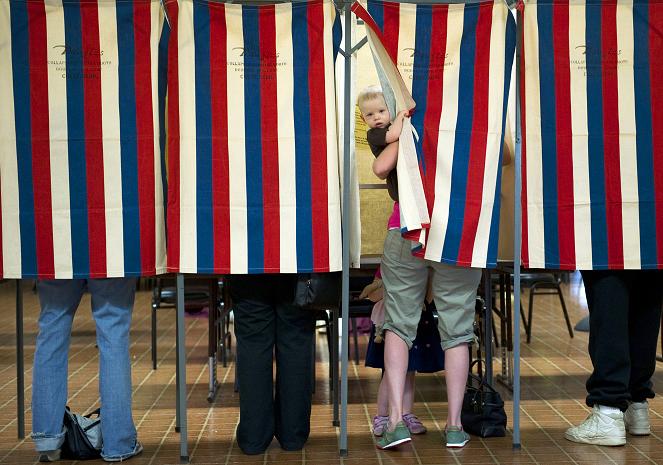
January 23, 2006
"Hacking" and the Paper Ballot-Optical Scan Voting System
Some alarm has been expressed at learning that the recent test in Florida that disproved the Diebold claim that its machines could not be “hacked” was carried out on an optical scanner (Diebold’s Accu-Vote OS 1.94w). New Yorkers for Verified Voting again has been asked to justify its support for the paper ballot-optical scan system (PBOS). NYVV has never denied that optical scanners are computers and that they are subject to accidental or deliberate miscoding and “hacking.” NYVV has argued that the hand-marked paper-ballots that are the foundation of the PBOS system provide security to elections because the scanners can be checked by hand-counting the paper.
Let’s be very clear that the PBOS system is far superior to direct recording electronic voting machines (DREs) in spite of our knowledge that scanners can be hacked. Keep in mind that scanners only count votes; therefore they provide many fewer opportunities for miscoding and/or hacking than do DREs, which must be programmed for recording, verifying, and counting votes as well as for accessibility. Note that the programming of the scanners for the one task of counting can be transparently tested by running a test deck of ballots that have been publicly hand-counted as many times as are necessary to convince the observers that the scanner is correctly programmed. After an election, the original hand-marked paper ballots are the official record and are available for manual recounts whenever law or circumstance requires it.
An observer of the famous “Harri Hursti hack” in Florida has pointed out that that test revealed “only one vulnerability in an almost unlimited number of potential flaws” that computer scientists recognize to be characteristic of electronic voting systems (both optical scanners and DREs). Revelation of this flaw was important because it exposed a vulnerability that must have been purposefully programmed into the system. Most significantly, the observer’s report goes on to correctly argue that “the Hursti hack shows, above all, the importance of having paper ballots.”The Hursti hack demonstrates that “there must be an independent paper trail that can be manually audited to confirm (or discredit) machine results.”
The PBOS system provides such a direct paper record of the voter’s intent. Voter-assistive devices allow the disabled also to mark paper ballots. While some would prefer a system of hand-counted paper ballots over optical-scan counting, we need to remember that politics is the art of the possible and to seek to discover “what can and cannot be accomplished politically at a given place and moment in time” (Bo Lipari). Most of the election commissioners who have been given the power to choose our voting system in New York have deep reservations about managing elections based on paper ballots. Advocacy of the PBOS system is politically wise inasmuch as it answers the public’s interest in rapid preliminary counts at the same time as it promises the commissioners that they will need to count paper only for the 3% required audits and whenever problems arise.
NYVV joins the Government Accountability Office in urging improved standards and testing of all electronic voting equipment, including optical scanners. Adequate testing should be able to close some of the doors to hacking. Careful procedures and audits of hand-marked paper ballots will take us the rest of the way to voter confidence in the paper ballot-optical scan system.
[http://www.votetrustusa.org/index.php?option=com_content&task=view&id=828&Itemid=64]
